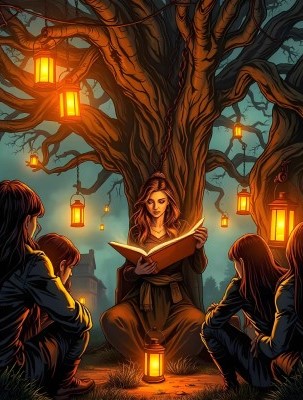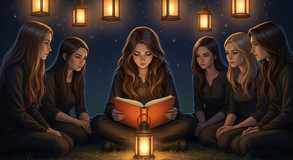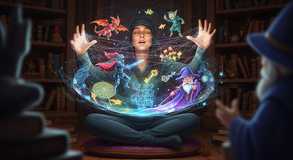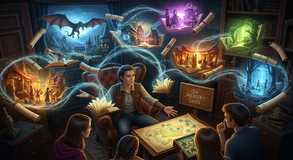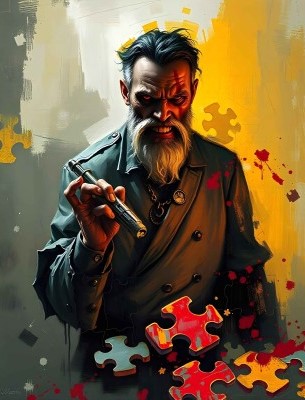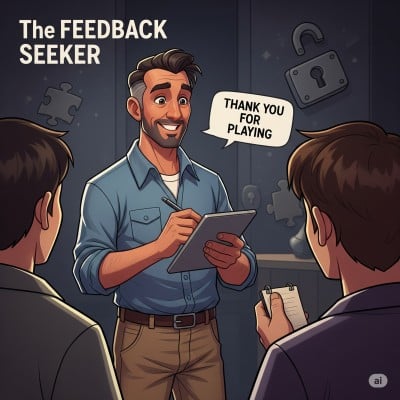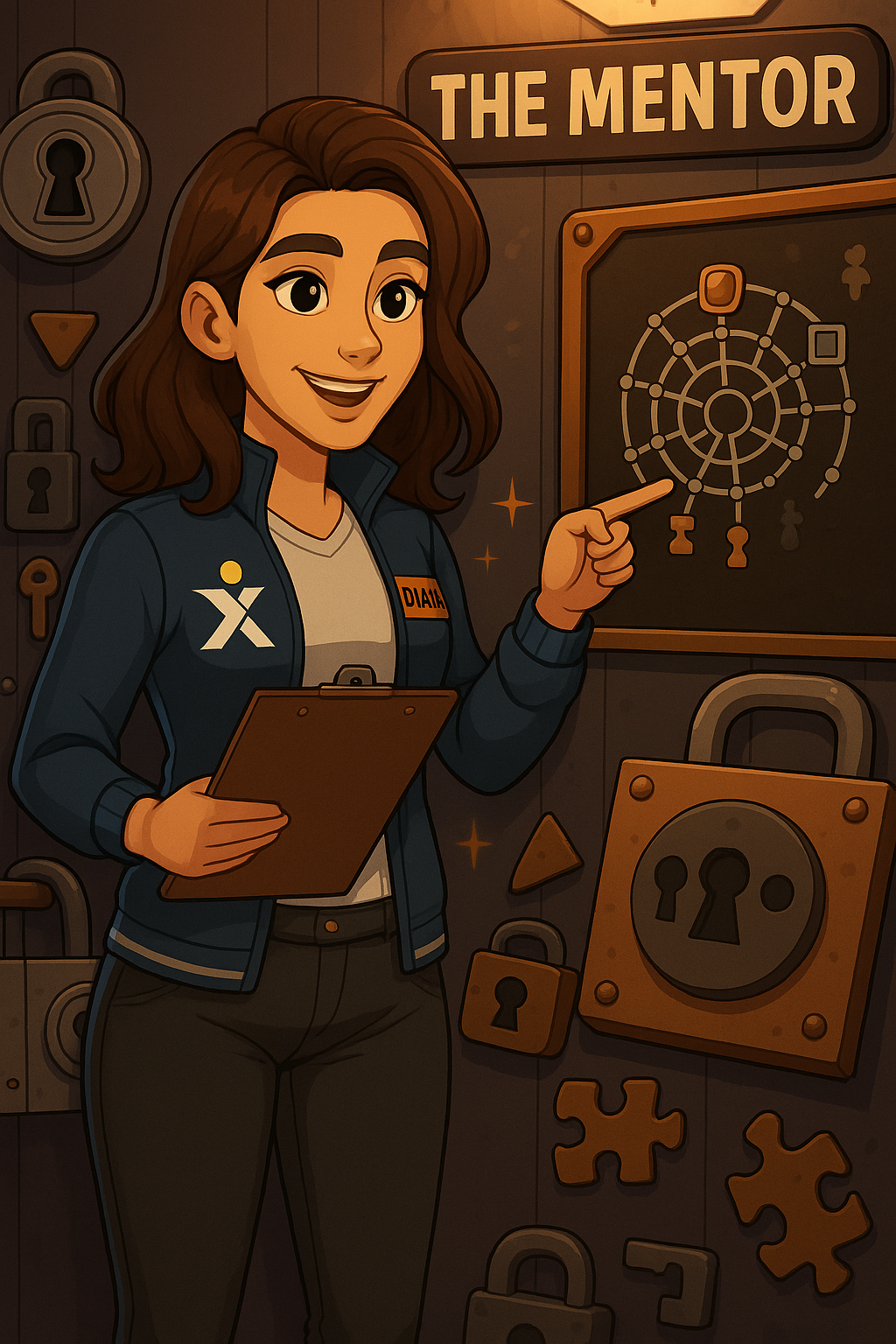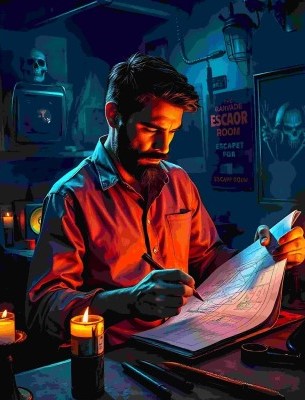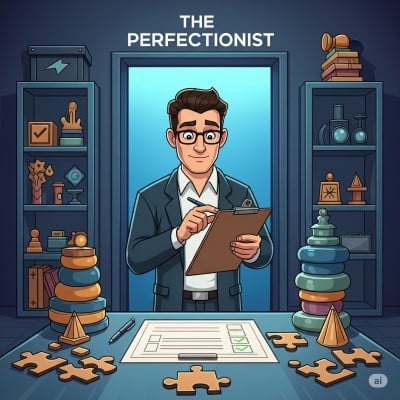The Storyteller is, without question, the soul of the escape room. While the ingenuity of puzzles exercises the mind and the marvel of technology dazzles the senses, it is the story that captivates the heart 🧠 ❤ ️. A room filled with clever mechanisms and intricate locks can certainly intrigue players, but without narrative, it risks becoming little more than a sequence of tasks. Story is what transforms that sequence into an experience. It is the thread that connects each puzzle to a larger purpose, giving meaning to discovery and urgency to progression. Without story, an escape room is a hollow shell of riddles and codes. With story, it becomes an adventure one that lingers in the memory of players long after they have escaped 💡 💖.
The power of the Storyteller lies in their ability to breathe life into the room. They weave immersive narratives that transport players into different worlds, allowing them to step out of their ordinary lives and assume the role of protagonists in extraordinary adventures. In a world designed by the 📖 🎯 Storyteller, players are no longer simply solving a cipher; they are decoding a message from a captured ally. They are not just finding a key; they are uncovering the last hope of a kingdom under siege. This transformation is subtle yet profound it elevates problem-solving into storytelling, ensuring that every action feels connected to a larger narrative arc 🔐 🧠.
When the Storyteller succeeds, players do not merely feel as though they are playing a game; they feel as though they are living a story. This shift is what makes an escape room memorable 🕳 ️ ❓. People may forget the exact details of a puzzle mechanism or a specific code, but they remember how the experience made them feel. They recall the tension of racing against the clock as the villain’s plot unfolded, the excitement of unraveling a long-lost mystery, or the joy of finally piecing together the final clue that unlocked the dramatic conclusion. These emotions are the legacy of the Storyteller. They extend beyond the walls of the escape room, sparking conversations that continue for weeks, months, and even years 🌍 🎭.
The Storyteller also ensures that puzzles are never arbitrary. Each riddle, lock, or mechanism serves a narrative purpose, strengthening immersion rather than distracting from it. A puzzle is no longer just a mental exercise it becomes a clue in a detective case 🎬, a magical incantation in a fantasy world, or a secret protocol in a futuristic mission. This alignment between gameplay and story prevents the common pitfall of puzzles feeling disconnected from their environment. Instead, every discovery carries narrative weight, and every solved riddle feels like a step closer to victory within the context of the tale 💫 📚.
Equally important is the emotional resonance that the Storyteller creates. Escape rooms are inherently collaborative experiences, but when placed within a compelling narrative, teamwork takes on new meaning. Friends are not just working together to beat a timer; they are allies uniting to defeat a villain, rescue a missing person, or avert catastrophe 🪄 🧪. The stakes feel higher, the connections feel deeper, and the victory feels sweeter. The Storyteller’s work turns collaboration into camaraderie, making the bonds formed during the game feel more significant. 🕵 ️♀ ️ 🎯

